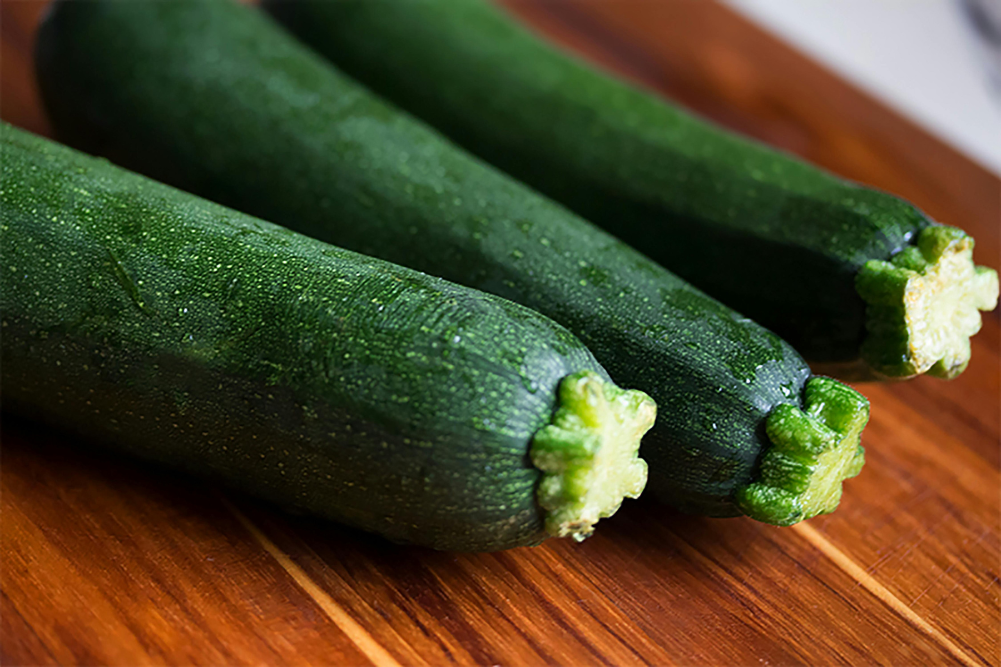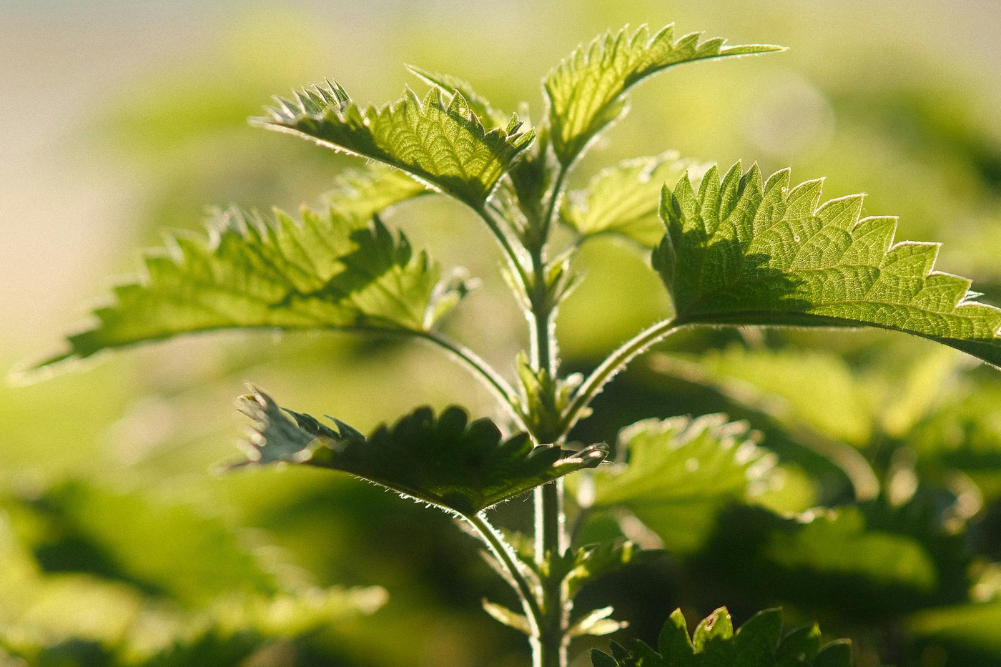Reducing your kitchen toxins
How many cheap chopping boards, utensils and frying pans have you bought since you moved out of home? As time goes on, they become tatty and scratched with little bits of plastic or non-stick coating peeling off. Besides, you want that new, fresh feeling, right?
I spent hundreds of dollars on these sorts of items over the years and for what? For more waste, more spending, a brief feeling of “ahhhh shiny newness” and then months later wanting or needing more when it breaks or looks crappy.
I felt that buying expensive cookware was for rich snobs and that it was ridiculous to spend large amounts of money on cookware. Boy, did I have that wrong. Buying things we will treasure for generations to come is beautiful — no shame in it at all! It’s clever. It’s sustainable. Expensive things make us take better care of them. There is no “lose” in this win-win situation. Maybe you have to wait a while to save for the bigger ticket cookware, but the benefits are reaped for years, if not generations. It’s well worth it, don’t you think?
I believe one of the pieces of the puzzle in undertaking this kitchen journey is to get comfortable with wanting less and spending more when you do need something. It’s a natural part of going low-tox in many ways. We wake up to the crazy marketing messages and we feel the urge to turn things back to a simpler, more natural time and way of life.
I believe one of the pieces of the puzzle in undertaking this kitchen journey is to get comfortable with wanting less and spending more when you do need something.
The kitchen is a place where, over the past few decades, we’ve been driven by the bright shiny lights of convenience, gadgetry and “newness” and have found ourselves to have woken up from this time, realising there are some less than desirable materials we’ve been cooking with.
Here’s a little look at what we’ve allowed into our cooking tools and practices in the kitchen and why it’s time to say bye-bye.
Non-stick surfaces such as PFOAs & PTFEs
Created by one of the chemical industry giants, these surfaces never break down in the environment (read: waterways once those little flakes scratch off and go down your kitchen drain), having a huge environmental impact from drinking water to landfill. The offgassing has even been shown to cause flu-like symptoms in humans, to be extremely dangerous to birds and to cause birth defects among the factory workers building the pans. There’s a better way to do non-stick!
Plastic cooking tools
With the above pans that you had to “toss once scratched” came the plastic utensils behind them “to avoid scratching your non-stick pan”. How convenient, right? Wrong! Plastic and heat aren’t friends, leaching all manner of potentially harmful chemicals depending on the type of plastic they were made from, two of the big ones being dioxin and BPA.
Plastic pouches & clingwrap used for “poaching parcels”
While it might help you achieve the perfect poached egg or low temperature cooked salmon or steak, sous vide cooking in plastic is a no-go for the low-tox kitchen, given the potential leaching of phthalates, BPA, dioxin and other known harmful chemicals from prolonged heat exposure.
Plastic kettles
Wow. When was this ever a good idea? And the “chic” stainless ones that still have a strip of plastic down the side? No having those, either!
Then there are all the other non-stick appliances, silicone bake sheets, cheap nickel-heavy stainless roasting dishes and saucepans and on and on we could go … But, in the interest of speaking positively about what you can add to your kitchen to reduce toxic exposures, I’ll share with you my main go-to items:
Cast-iron pans
Seasoned well, these become more and more non-stick over time and the best part is they’re multi-century durable. While they might cost you more than your cheap non-stick options, you’re buying once and buying well when you choose to add cast iron to your kitchen and care for it well.
High-quality enamel stove-top kettle
It frees up precious bench space and there are some gorgeous ones. I used to need to replace kettles every two to three years due to breakage or malfunction, but not any more.
Good-quality wooden & stainless-steel cooking utensils
I can’t actually remember the last time I had to buy a utensil — probably not since I replaced all the plastic with these two options — and in the old days, as soon as my plastic utensils looked a bit melted and chipped, I’d replace them. Wasteful and potentially toxic? Such a no-brainer swap!
Quality bakeware from a chef’s hospitality shop
Ditch the cheap non-stick stuff you get at home and department stores and head to a hospitality chef shop for their stainless section. Get good at making your kitchen bakeware naturally non-stick with the simple “grandma method” of greasing and dusting with flour. Or use a non-bleached parchment paper with a natural wax (not petroleum wax) as its non-stick function.
A couple of great-quality enamel pieces for slow cooking & roasting/tray baking:
I have a big “French oven” pot with a lid for slow cooking, as well as a gorgeous lasagne/tray baking dish. They’re both lead-free enamel and mega-durable from an excellent French brand. These will be in my home for my life, my son’s and his kids’ and so on, just as my durable pieces from my grandmère are still in mine.
If you want to use silicone cold/for the freezer, that’s fine; there’s just a question mark for heat. For your pantry storage, it’s best to keep flours and nuts in the fridge or freezer to discourage pantry moths and weevils. I suggest switching over to glass flip-tops, leftover repurposed glass jars and stainless-steel canisters for storing dry items in the pantry as opposed to plastic food packaging and jars.
While I feel we’ve just scratched the surface of what we could go into for this category, this is a good start on the main swaps. You can always jump over to @lowtoxlife to say hi and join community conversations and questions or discuss anything further.
If you’re to take one overarching theme away it’s that creating a low-tox kitchen takes time. There’s a number of big-ticket item swaps to make, so relax and just start with this: Buy better. Buy less often. Way less often. Cherish.








